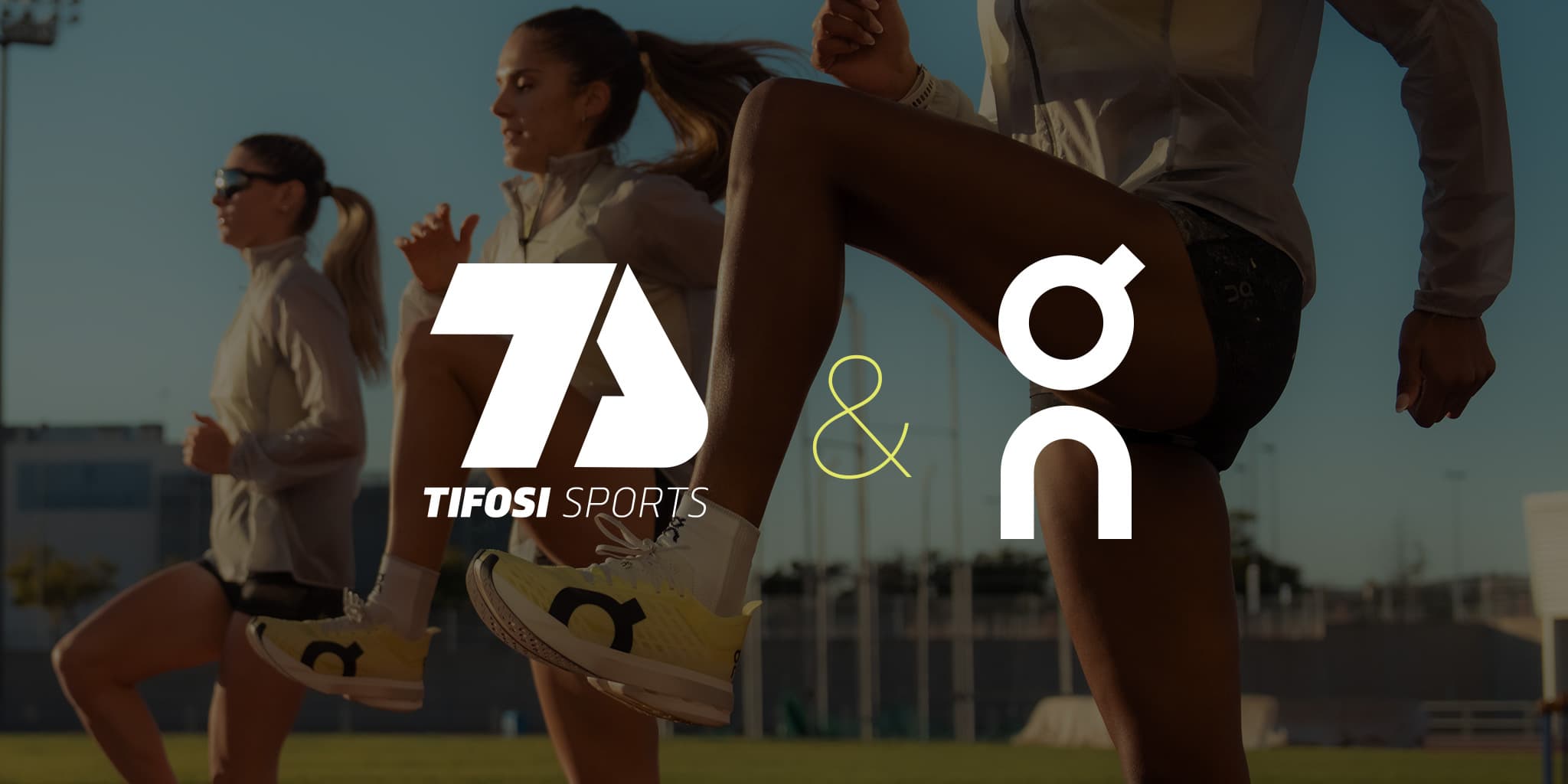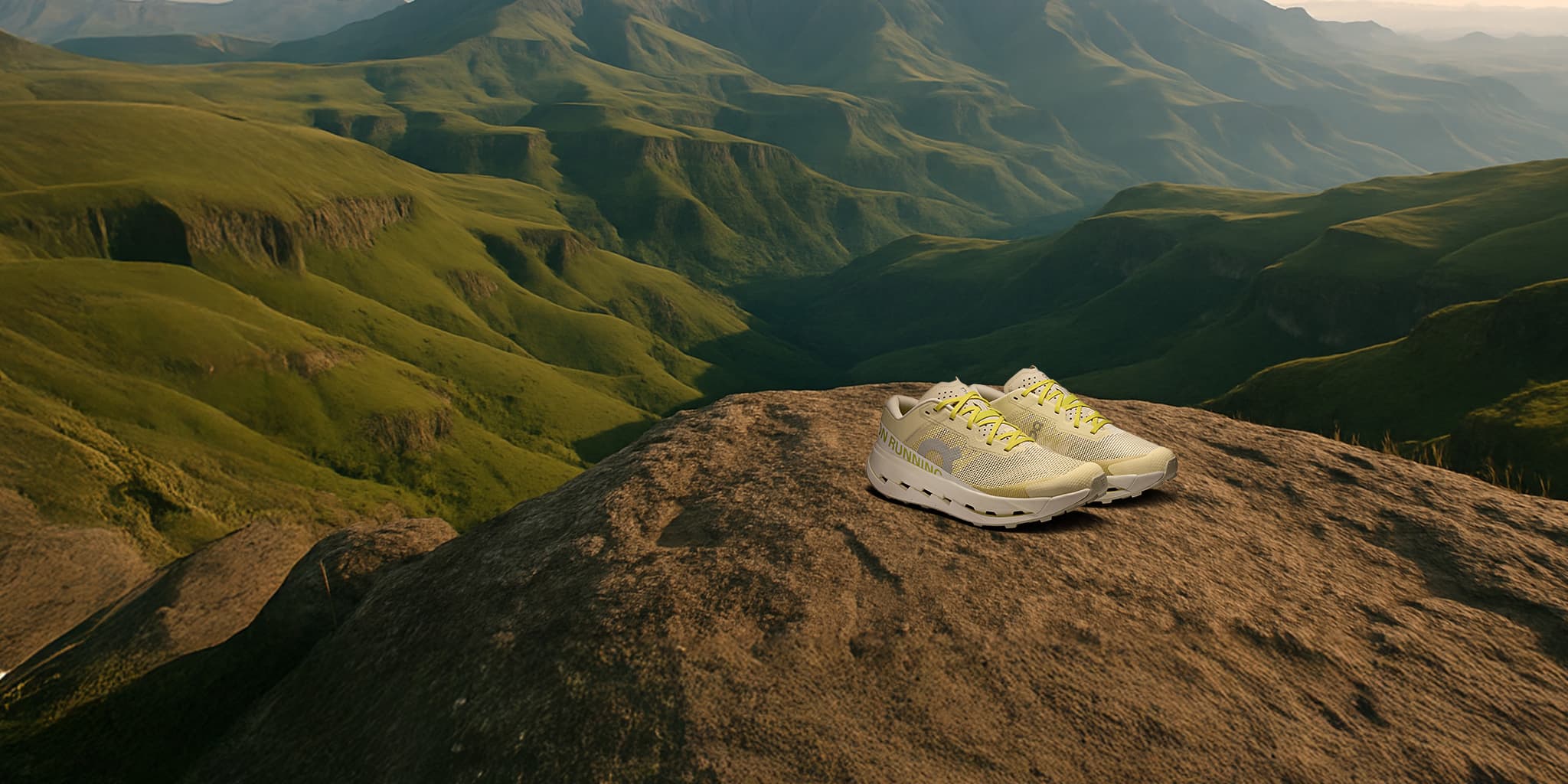Why Stretching Matters for Runners
Let’s be honest—most runners treat stretching like that extra lap: they know they should, but often skip it. If you’re serious about running for life (and not hobbling by 40), stretching needs to be a non-negotiable. At Tifosi, we believe in igniting the human spirit through movement—and that means helping that movement last a lifetime.
Stretching isn’t just an old-school warm-up tactic. Backed by science, it’s a proven way to prevent injuries, increase joint mobility, and even enhance performance. Whether you’re training for a 5K or gearing up for your first ultra, a good stretching routine can be the difference between soaring strides and sore knees.
The Science Behind Stretching
Stretching improves the elasticity of your muscle-tendon unit, boosts blood flow, and activates your neuromuscular system. Runners should focus on two main types of stretching:
- Dynamic stretching: Movement-based stretches done before a run to activate muscles and elevate heart rate.
- Static stretching: Held for 20–60 seconds after your run to enhance flexibility and promote recovery.
Translation: Move before you move. Stretch after you sweat.
Pre-Run Stretching: Wake Up Your Muscles
Before your feet hit the road or trail, your muscles need a wake-up call. Here's your go-to dynamic warm-up:
- Leg Swings: 10–15 reps per leg. Activates hips, hamstrings, and glutes.
- High Knees: 30 seconds. Fires up hip flexors and quads.
- Walking Lunges with a Twist: 10 reps per leg. Opens hips, stretches quads, and activates the core.
- Butt Kicks: 30 seconds. Warms up hamstrings and lower legs.
- Toy Soldiers (Straight-leg kicks): 10 reps per leg. Targets hamstrings and boosts coordination.
Bonus tip: This warm-up is even better with the On Cloudsurfer 2. Lightweight, breathable, and made to move—it’s like stretching for your feet.
Post-Run Stretching: Help Your Body Recover
Post-run is when the real recovery begins. Here’s your static stretching sequence for better flexibility and long-term mobility:
- Standing Quad Stretch: 30 seconds per leg. Targets the front of your thigh.
- Hamstring Stretch: 30 seconds per leg. Keeps your hamstrings loose and healthy.
- Figure Four Stretch: 30 seconds per leg. Opens hips and glutes.
- Hip Flexor Stretch: 30 seconds per leg. Relieves tension from forward movement.
- Calf Stretch: 30 seconds per leg. Prevents Achilles and plantar fascia strain.
- Child’s Pose or Supine Spinal Twist: 30–60 seconds. Relaxes the back and hips.
Pro tip: Enhance recovery with foam rolling and your favourite pair of On Cloud shoes. They’re perfect for post-run comfort and everyday movement.
Stretching for Longevity
Running isn’t just about today—it’s about how long you can do it without pain or injury. Consistent stretching contributes to:
- Mobility: Increased range of motion means less strain on joints and muscles.
- Circulation: Better blood flow speeds recovery and nutrient delivery.
- Posture and Form: Reduced imbalances = fewer overuse injuries.
- Mind-Body Connection: Stretching is a chance to check in with your body.
Just a note: stretching isn’t a magic fix for injuries. If you’re dealing with persistent pain, consult a physio. Toughing it out isn’t always the answer.
Like your training plan and your shoes, your recovery routine should evolve with your goals—whether you’re racing a 10K or aiming for Comrades.
Limber Up
Dynamic movement before. Static stretching after. Both are essential. Skip them, and you may end up sidelined—just ask any veteran runner nursing a cranky Achilles.
You don’t need an hour. Ten minutes before and after your run can change everything. Build it into your daily rhythm. Your future knees will thank you.
Need gear to support your stretch and stride? Shop the On Cloud range at Tifosi—designed for movement that lasts.
Run long. Run strong. Stay limber.




Share:
Top Exercises to Improve Stability and Reduce Injury Risk
Foundational Running Skills You Really Need to Master